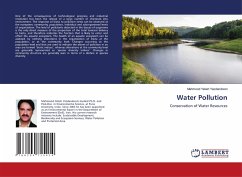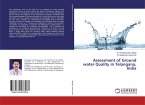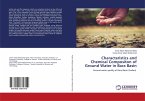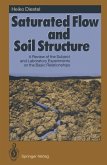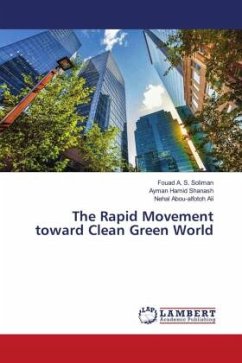One of the consequences of technological progress and industrial revolution has been the release of a large number of chemicals into environment. The response of biota to pollution stress can be observed at the ecosystem, community, population, individual and suborganismal levels of organization. The level of pollutants detected in the tissues of organisms is the only direct measure of the proportion of the total toxicant delivery to biota, and therefore indicates the fraction that is likely to enter and affect the aquatic ecosystem. The health of an aquatic ecosystem can be assessed by nothing alterations in the organization of biota at the population, or at the community level. Changes occurring at the population level and that are used to indicate the extent of pollution in an area are termed ¿biotic indices¿, whereas alterations at the community level are generally represented as ¿species diversity indices¿. Changes in community structure are generally seen in terms of a decline in species diversity.
Hinweis: Dieser Artikel kann nur an eine deutsche Lieferadresse ausgeliefert werden.
Hinweis: Dieser Artikel kann nur an eine deutsche Lieferadresse ausgeliefert werden.

